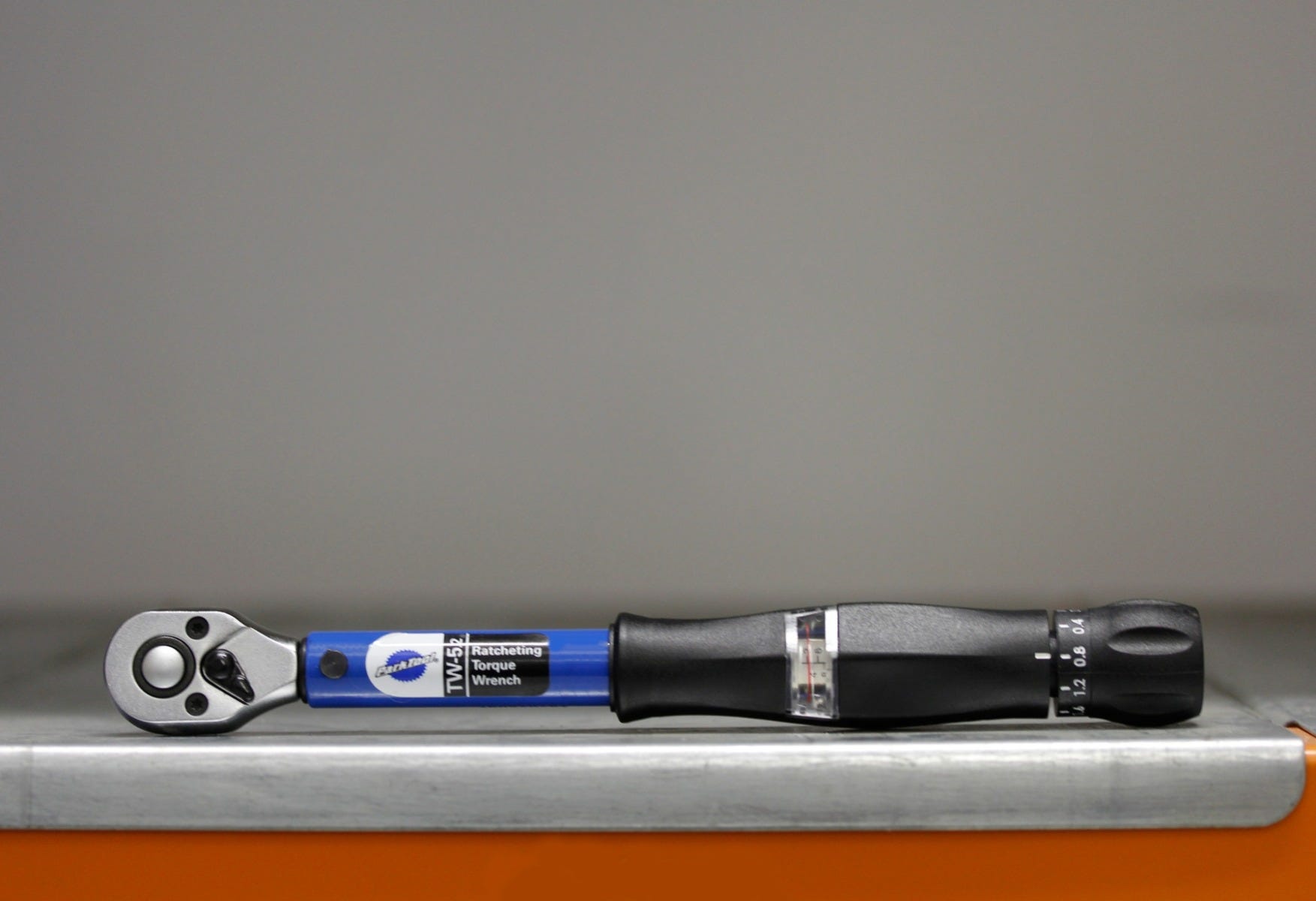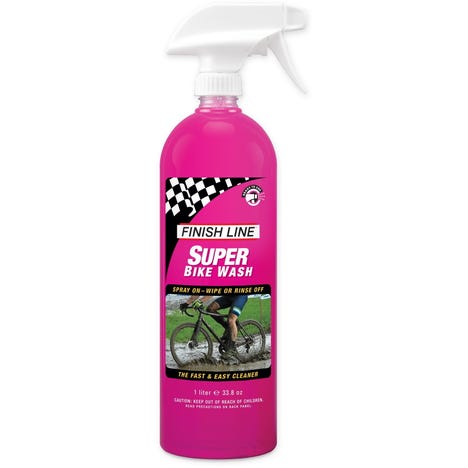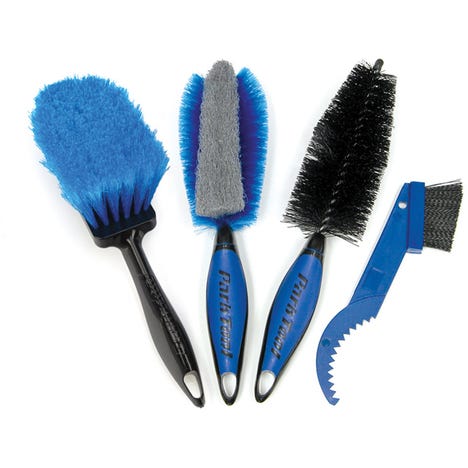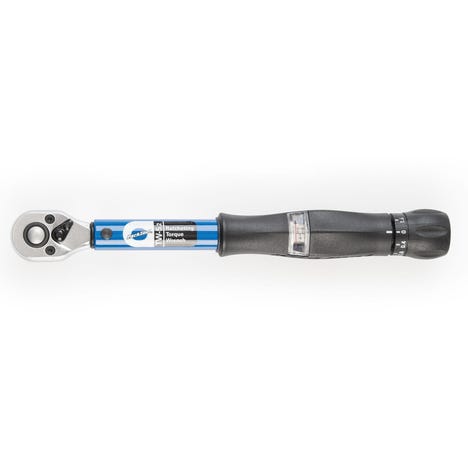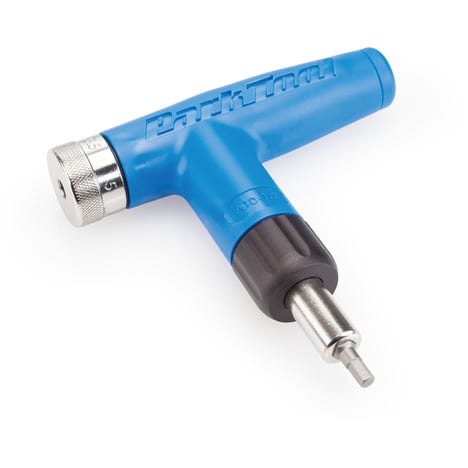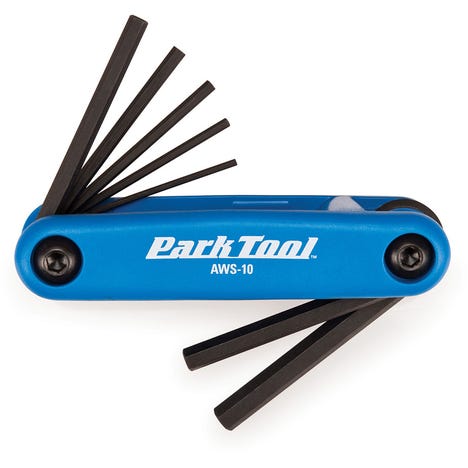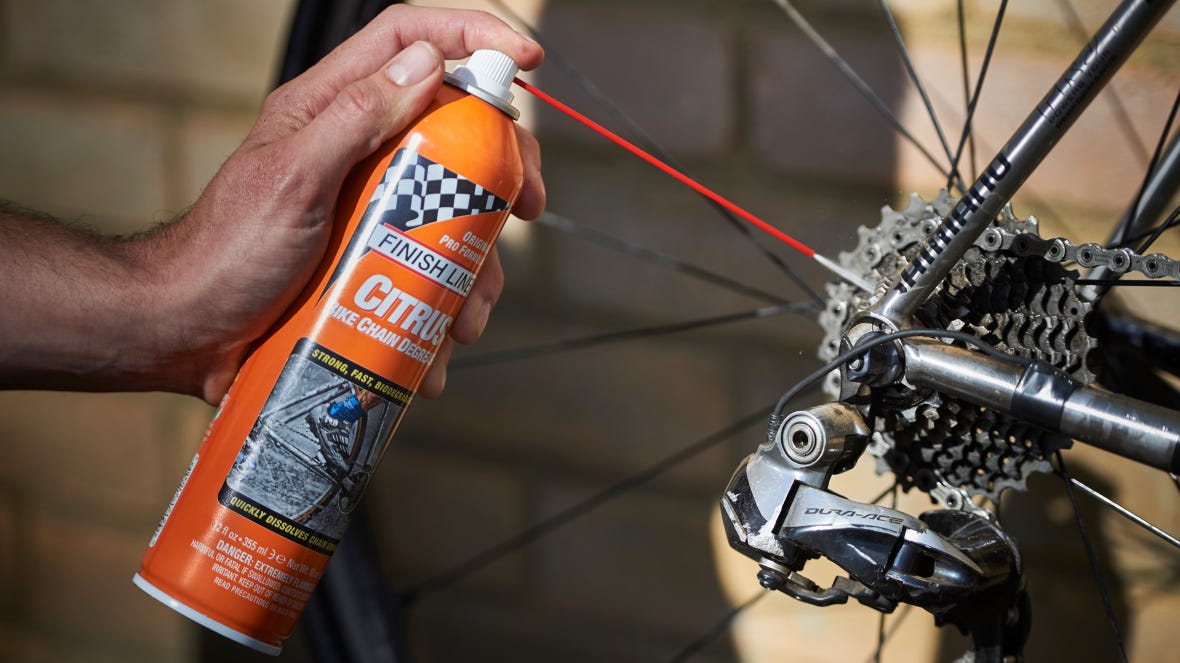Six easy ways to keep your bike working properly
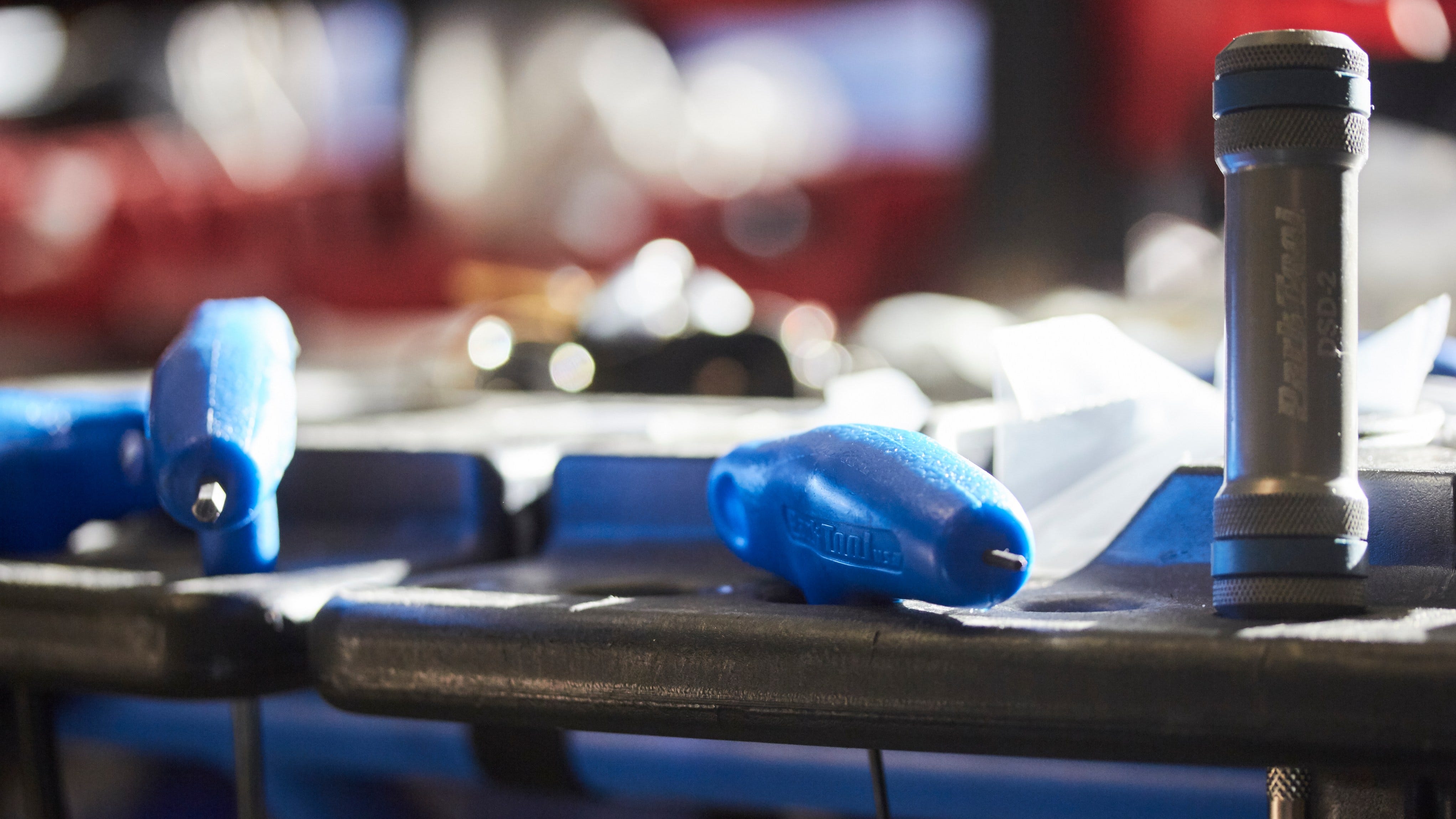
At some point of owning a bike, you're going to end up with an odd creak or squeak. But if you look after your bike properly, that should be the exception rather than the rule. Here are a few things to check regularly that'll help keep your bike working as well as possible.
Check chain wear regularly
One of the most important checks to keep your bike is working smoothly is to monitor chain wear. A worn chain doesn't just affect shifting, it'll also cause your chainrings, cassette and jockey wheels to wear quickly, too, so making sure that your chain is in good condition is doing your whole drivetrain a favour.
A chain checker - like Park Tool's new CC-4 - is a simple way to see how worn your chain is. You just drop the tool into the chain, maintain pressure on the right hand end, and see how far the left tip drops. Park Tool have, as ever, made an excellent video showing you how to use it:
Clean it!
We all ride with that person, you know, the one who turns up for every ride with a dirty bike that comes with a variety of accompanying creaks and squeaks. It's annoying as hell, and it's not good for the bike, either. The dirtier your bike is, the quicker the components will wear out and that's doubly true for the drivetrain. Just like a worn chain, muck and grime will cause your components to wear out fast and a quick wash will go a long way to making sure that everything lasts as long as it should.
There's no need to go crazy, just clean the bike after you've ridden it and re-lube the chain. But dont make the mistake of using a pressure washer - those things will ruin your bearings super quickly and new bearings for your high end wheels are an extra expense that you just dont need.
We've already written a guide to cleaning your bike, but all you need is bike wash, a brush, degreaser, lube, a sponge and no more than half an hour of your time.
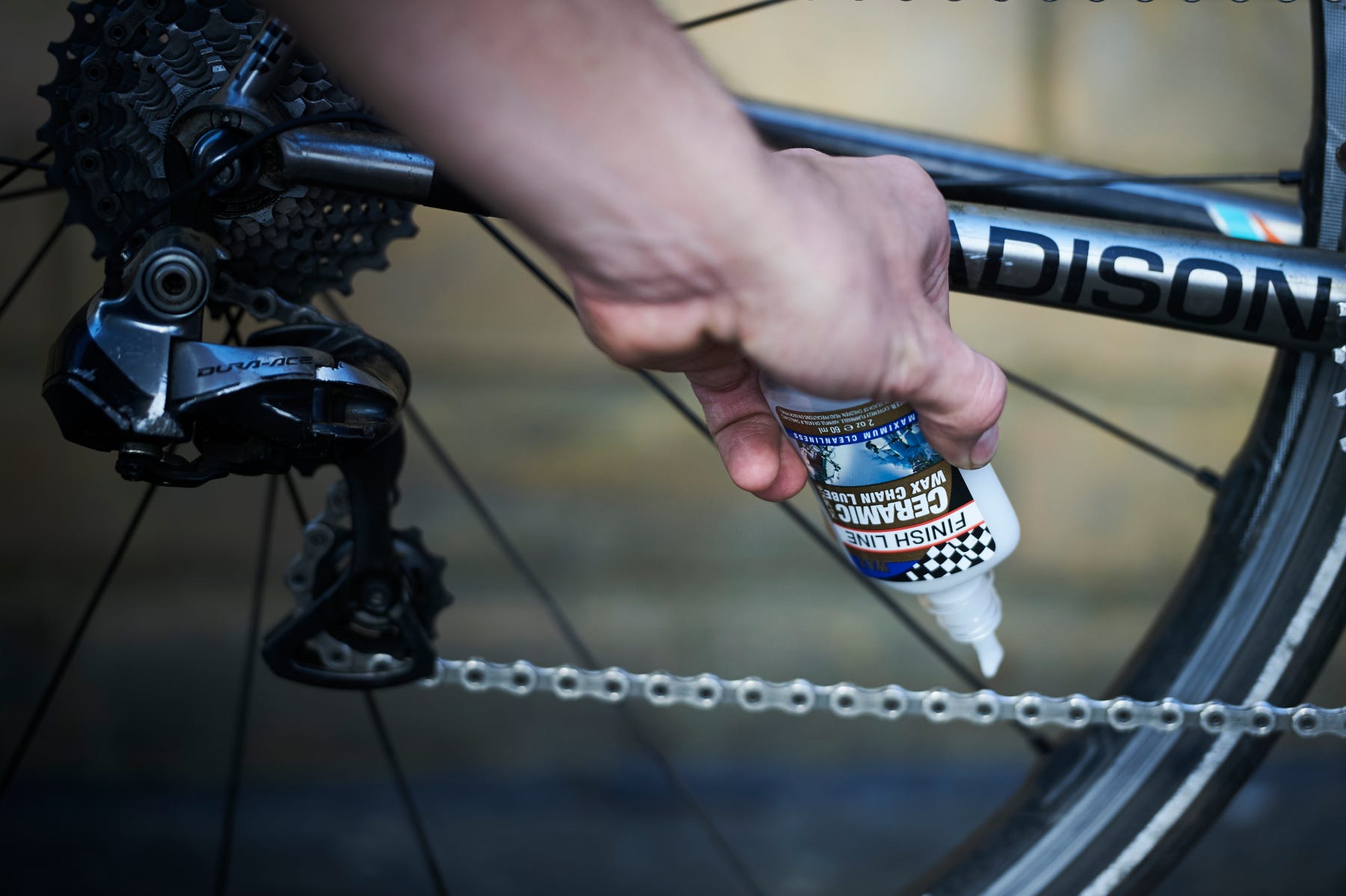
Lube and grease
Once you've cleaned the bike, you need to make sure that all the bits that need lubricating are properly lubricated. For most rides that just means lubing your chain, so apply a thin layer of lube on the chain rollers and wipe off any excess with a cloth.
But every now and then it's also a good idea to check your hubs, bottom bracket and headset to make sure those bearings are running smoothly. If they're not, either re-grease them yourself or ask your local bike shop to give your ride a once-over.
Dont ignore headset play
The headset is one part of a bike that can work its way loose, it shouldn't be ignored. A loose headset will make the front end of your bike feel strange, shudder when you brake hard and generally make performance worse. Plus it can damage your forks and frame if you leave it for long enough. Check for play by holding both brakes and rocking the bike back and forth gently. If there's movement, you need to get it sorted before it becomes a more serious problem.
Invest in a torque wrench
Following on from the point above, the best way to make sure nothing on your bike comes loose is to install everything using a torque wrench. Not only will that make sure everything's tight enough, it'll also keep you from over tightening anything which is another sure fire way to break stuff. It's also a good idea to check the torque on every part of your bike once in a while. A loose stem, handlebars or cranks can end in disaster.
Park Tool's Adjustable Torque Driver is a simple way to keep things tight, or if you really want to get into it then their TW-5.2 small torque wrench has the range to check every single bolt on your bike.
Worn brake pads are bad brake pads
A crunchy, grinding sound is not what you should be hearing when you pull the brakes, and worn or dirty brake pads are a great way to wear out your rims or rotors. All brake pads for rim or disc have wear indicators and you should replace them as soon as they reach that point as the last thing you want is to pull the brakes and nothing happens. It's also a good idea to check your pads after a ride in poor weather as anything that's managed to get stuck in them can cause wear too.

